This article will take you through what Sand Flea Bites (also known as Nigua, Chigoe Flea, Jigger bug, Jigger) look like on human skin, dogs, cats, pigs, etc. You will know the symptoms, prevention, treatment, and best remedies to adopt, and how to stop Sand Flea bites itch that usually results in Tungiasis disease that can cause you much discomfort and pains.
Sand Flea disease (Tungiasis) is an inflammatory skin condition caused and resulting from contact with a female sand flea of the species of Tunga penetrans that is embedded in the skin of its host.
Sand flea (Tunga penetrans) is a parasitic insect commonly referred to as jigger flea, chigoe flea, jigger, nigua, or sand flea. It is different and unrelated to the harmless crustacean “Emerita,” called sand fleas (mole crab), a genus of decapod crustaceans.
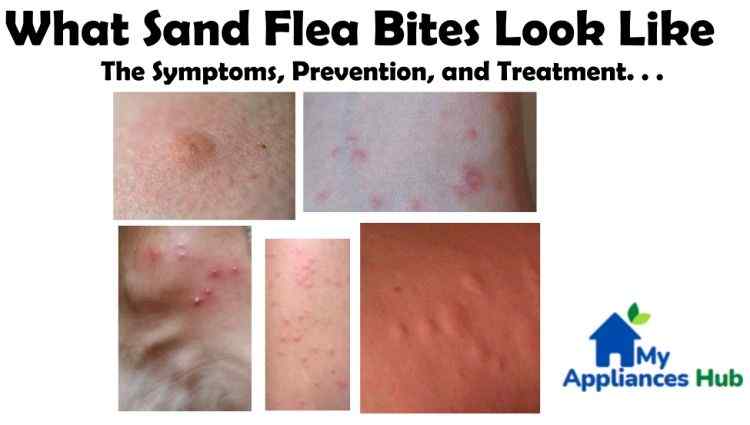
Related Articles
- Flea Bites on Humans: What Flea bites Symptoms Look Like?
- How to Catch and Use Sand Fleas (Mole Crab) for Baiting Fish
- What Do Sand Fleas (Mole Crabs) Look Like? Top Discoveries About Beach Sand
- Flea Bites on Dogs: What Flea Bites on Dogs (Symptoms) Looks Like?
- Flea Bites On Cats: What Flea Bites Symptoms Look Like on Cats?
Tools to Avoid, Prevent, and Treat Sand Flea Bites Itch On the Beach.
***Recommended Insect and Sand Flea Repellent ***
REPEL Plant-Based Lemon Eucalyptus Insect Repellent
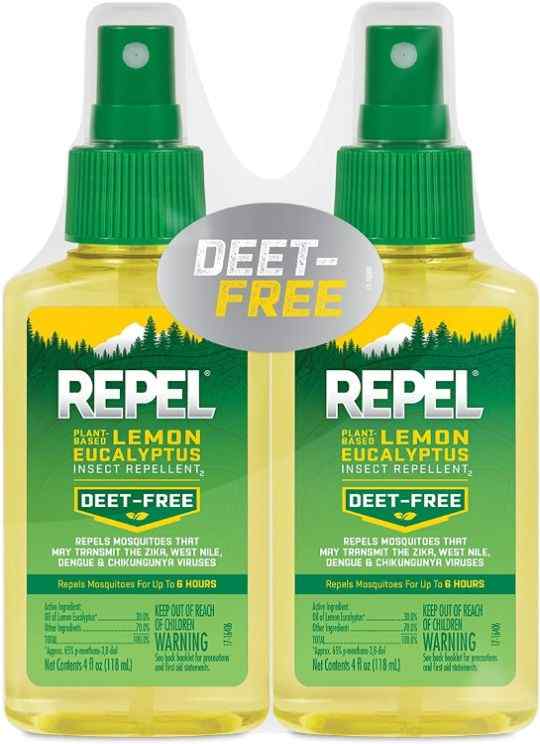
Sawyer Products Premium Permethrin Insect Repellent (for Beach Clothing, Gear & Tents)
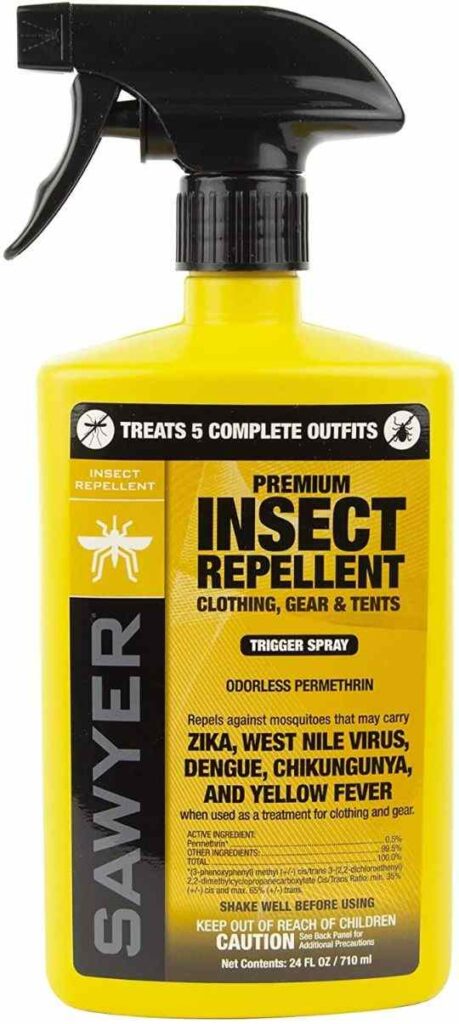
Sawyer Products Insect Repellent
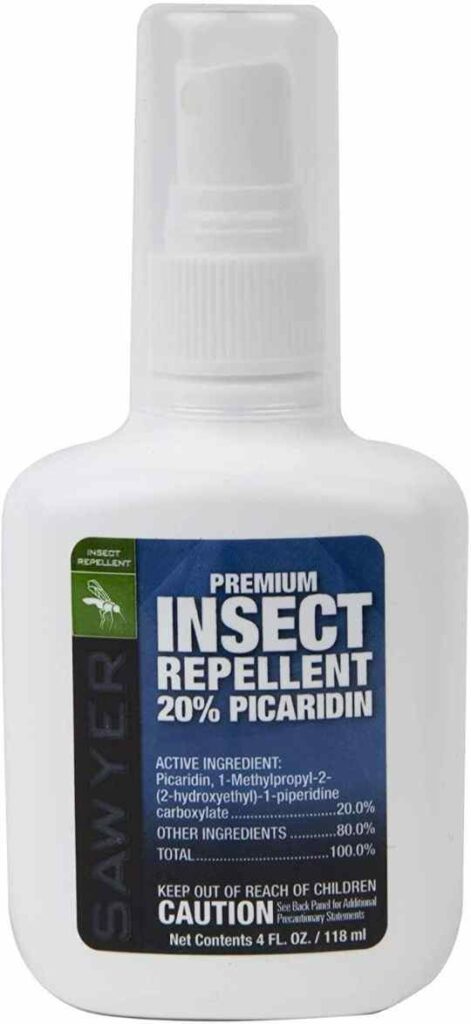
***Recommended Itch Relief Spray and Cream for Sand Flea Bites ***
SALLYEANDER No-Bite-Me Natural Bug Repellent & Anti Itch Cream (Safe for Kids and Infants)
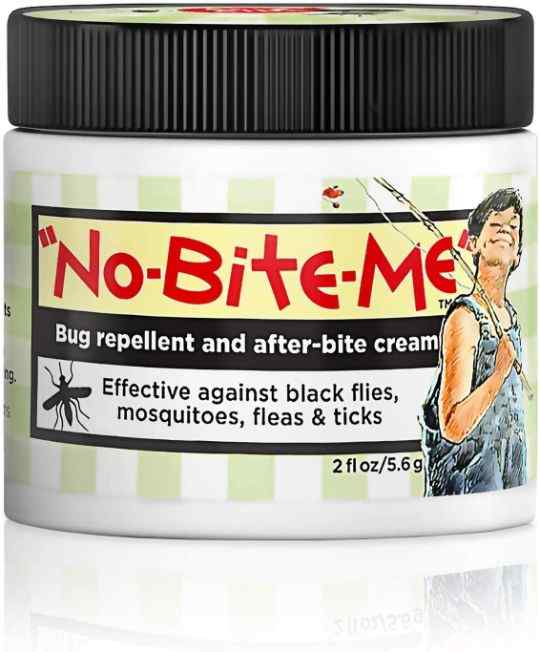
nubite Tx – Insect Bite, Poison Ivy, and Itch Bites Relief Treatment
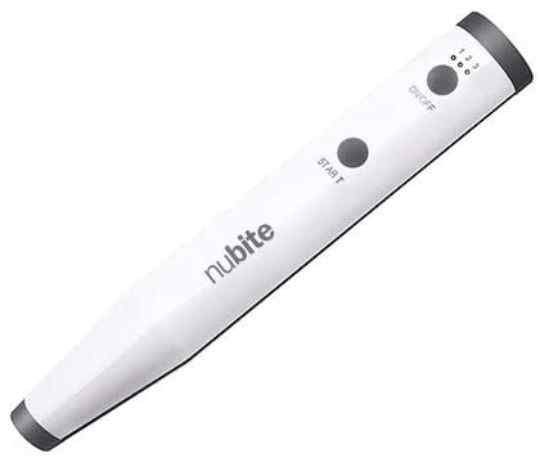
The Itch Eraser Gel Insect Bite Treatment

After Bite Advanced Itch Relief
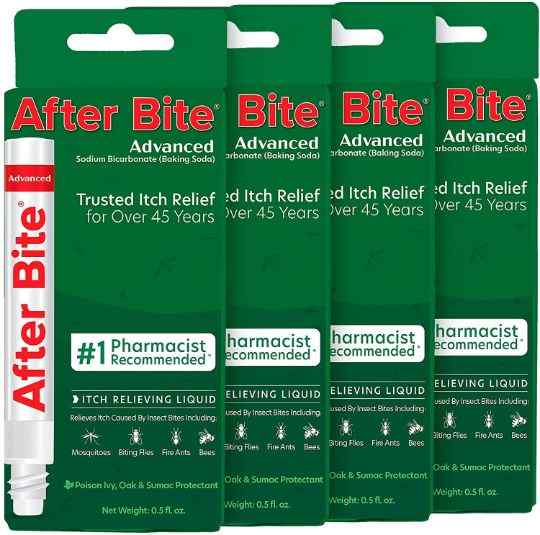
Cortizone 10 Maximum Strength, Transparent Aloe vera
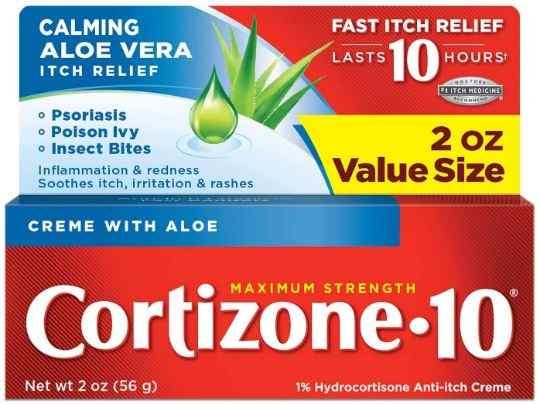
***Recommended Cats and Dogs Itch Relief and Allergy Immunity***
Clearmax Allergy Immunity – Cats and Dogs Allergy Dog Itch Relief
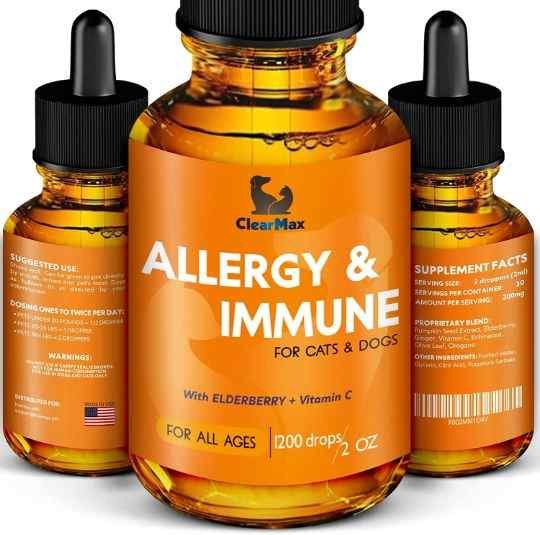
VetWELL Hydrocortisone Spray for Dogs & Cats (For Pets Itchy Skin Relief)

Zesty Paws Allergy Immune Supplement for Dogs (Anti Itch, Skin Hot Spots, and Allergies)
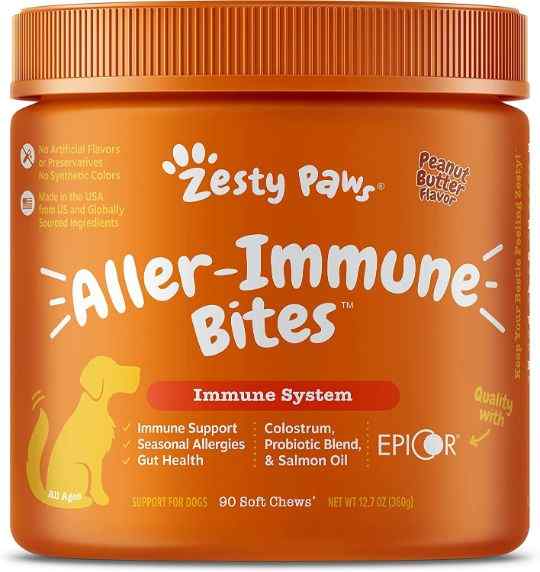
Veterinary Formula Clinical Care Hot Spot (Itch Relief Medicated Spray for Dogs & Cats- Sand Flea Bites Treatment)

***Recommended Beach Mat Sand Free Waterproof***
Wekapo Sand Free Beach Blanket (Extra Large Beach Mat, Big & Compact Sand Proof Mat )
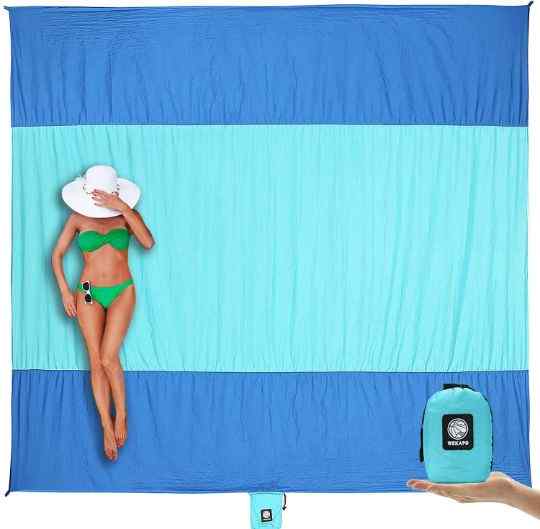
Picnic Outdoor Blanket Park Blanket Beach Mat for Camping
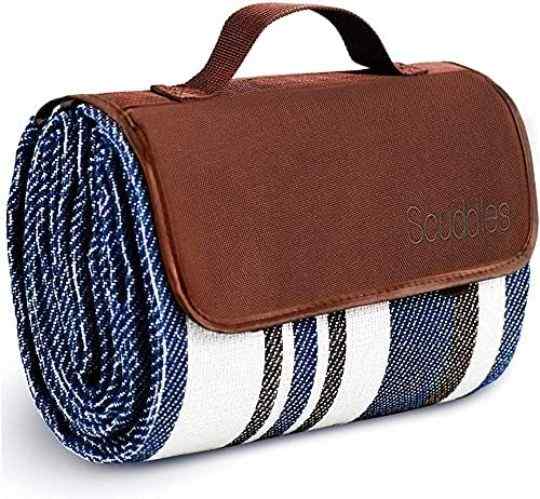
What Do Sand Flea Bites Look Like?
Sand Flea bites are typically large with a small red spot similar to a mosquito bite. The bites may be on a straight line or appear in clusters on the skin. A swollen bump-like ring with a black spot may form around the bites at the center of the skin. It is usually painful, itchy, and generally below the victim’s knee.
What Does Sand Flea Bites Look Like on Pets (Dogs and Cats)?
Sand flea bites on pets like cats and dogs are smaller than other insect bites. The sand flea bites will leave a small inflamed, red spot on your dog’s skin. The area where the bite occurs may be swollen due to dog scratches. It can be challenging to spot the bites under the pet’s thick fur.
Most often, sand flea bites may not be associated with a pet like dogs and cats. But dogs especially are at a greater risk of contracting sand flea infections because of their constant mobility and often like digging around. One way to stop sand flea infection on a pet-like dog is to prevent itching by controlling the symptoms that occur after sand flea bites.
Why Do Sand Fleas Bite?
Why does the sand flea bite people? As soon as adults hatch from pupae, they constantly seek out warm-blooded hosts for their meals, which are the blood of humans or pets.
Both males and females sand flea (Chigoe Flea) feed continuously on their host. But only the mated female sand fleas (jigger) need to burrow into the host skin (both human and pets) for reproduction purposes. Sand flea bite humans and pets to get a host in other to complete their Life Cycle.
The burrowing causes the nodular swelling that leads to an infection in the host and carrier of tungiasis by human or pet.
Sand fleas (Nigua) are dangerous to human health because they bite and burrow their host for reproduction, leading to tungiasis disease infestation that is difficult to treat medically.
The chigoe flea (jigger) will hop through the Sand at the beach seeking for human or pet to bite. They are very active in the dawn and dusk, and you can get bitten if you visit most beaches around this time. You may not be aware of getting bitten by a sand flea while it is happening.
The sand flea (chigoe) are tiny, and they often attach themselves to the host feet or ankles for humans (fur for pets). It is why you don’t know when you have contact with them. The initial stage of tungiasis symptoms and infection only starts after the female sand flea is in the state of engorged.
Considering the US beaches for vacation, it is not common to see a sand flea, but there are many studies and strong evidence of Tungiasis in America. Ensure you take some precautions suggested in this article to keep yourself safe from sand flea bites on US beaches.
How Long Do Sand Flea Bites Last?
How long do sand flea bites (jigger bug bites) last in your skin? According to Dr. Keith Ramsey, sand flea bites will itch for weeks if your body is allergic to the Chigoe Flea bites. If you mistakenly scratch the itch, sand flea bites, “it will itch until you stop scratching them.” The continuous scratching and rubbing will activate a hard bump (called nodules) to form at the spot.
The scratching of the sand flea bites itching led to a skin rash that increased the itching more. Scratching can make you break your skin and cause skin infections and scars.
As soon as you get bitten by a jigger bug, there will be an instant reaction of red welts on the skin that will last for some hours and start to disappear. But you may begin to see a papule that looks red and can be swollen with an uncomfortable itching.
The blister may eventually form if you have an allergic reaction, leading to a lesion with a pale red mark on the spot that can last for weeks. The exact duration of sand flea bites depends on how each host reacts with their immune system.
Why Do Sand Flea Bites Show Up Days Later?
Why do sand flea bites show up some days later? When insect bites occur, it delivers some salivary antigen that spurs some reaction (i.e., IgG4 antibody) in the host’s body. Your response to sand flea bites (or any insect bites) depends on your allergy to the injected secretions and enzymes from the flea.
The intensity of the reaction to sand flea bite by your body depends on your degree of allergy and immune response in your body. The host allergy’s degree determines the time it takes sand flea bites to show up on the skin. The more your body can fight the salivary antigen like venom, the more time it takes before you see any sign of being bitten by sand flea (or chigoe flea).
Also, another reason why it takes days for sand flea bites to show up on skin has to do with an immune reaction of an individual to the sand flea bites and the volume of microorganisms transmitted to the body of that host. The level and the degree of the host allergy will determine how fast you will see signs of sand flea bites on the skin.
How long do sand flea bites take to appear? The sand flea bites’ skin reaction can range from none to severe. Therefore, your allergy level and immune responses to the bites will determine the time it takes sand flea bites to show on your skin.
What Is Tungiasis (Sand Flea Disease)?
Tungiasis is a zoonosis (or zoonoses) Sand Flea disease caused by a parasitic infestation of Tunga penetrans. It is known to have originated from South Africa (Introduced to sub-Saharan Africa in the 19th century). It is an infection from the female sand fleas of the species Tunga trimamillata and Tunga penetrans that causes its host’s parasitic inflammatory skin condition.
The Tungiasis disease is widely distributed in tropical and subtropical regions worldwide, including sub-Saharan Africa, West Indies, Mexico to South America, Latin America, the Caribbean.
The Tunga penetrans are endemic in many South American countries, sub-Saharan Africa, the Caribbean Islands. The Tunga trimamillata has been reported in Brazil, Peru, and Ecuador. Tungiasis disease is associated with mobility and people traveling from one country to another in humans.
But is Tungiasis (Sand Flea/Nigua Disease) In the US?
The causative sand flea (or Nigua) is endogenous to sub-Saharan Africa, South and Central America, and some portions of India.
However, the Tungiasis Sand Flea disease is yet fully reported in North America. Due to the increasing air travel and movement of people from different parts of the world. A 24-year-old Caucasian woman traveling to Tanzania was reported in the US. The woman was treated, and tungiasis Sand Flea was surgically removed without complication.
There was another report of a 35-year-old Alabama woman named Laura Gaither in NPR news online on 25th of June, 2021, who went for a vacation with her children in Panama City Beach. They were bitten by an unknown insect later discovered as Sand Flea.
The online newspaper concluded that tungiasis and flea disease are now endemic in Oklahoma, Texas, and Florida. Sandflies are known to thrive in rural areas and hot sandy beaches, and they are said to be abundant in Florida beaches.
The World Health Organization has already classified Tungiasis as a tropical disease that has been neglected because it is mainly known to poor and low-income earners in third world countries. The problem is that millions of people in almost 80 nations are now at risk of Tungiasis sand flea disease, and infestation.
Tungiasis Life Cycle
So, what is the Tungiasis life cycle? How does Tunga penetrans sand flea reproduce? The sand fleas lay eggs via a hole in the skin of their host.
The Tunga penetrans sand flea eggs about 0.6 mm long are transmitted to the environment by the female into the environment (usually the sandy soils of many coastal beaches around the world).
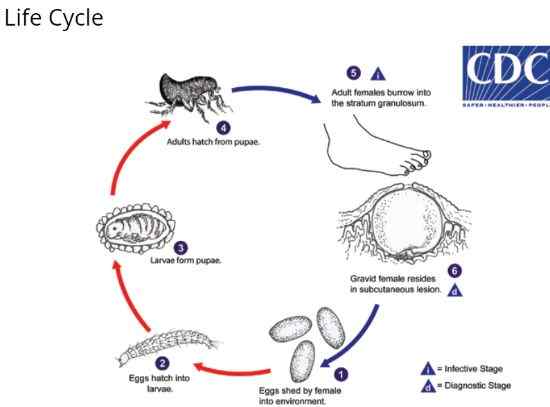
Below are various Tungiasis life cycle stages:
Tunga Penetrans Sand Flea/Nigua Eggs Hatch into Larvae
The Tunga Penetrans larva will hatch from the egg between two to six days, provided the environmental condition in terms of humidity and moisture of the sandy environment is excellent.
The Two Instar Larva T Penetrans Sand Fleas (Nigua) Stage
The next life cycle of Tungiasis is two instar stages before forming pupae, considering that the most common flea usually goes through three instar phases.
The first instar phases of Tunga Penetrans sand flea will initially decrease from its hatched size of about 1.5 mm to 1.15 mm, before growing to the second instar stage of about 2.9 mm.
During this growing stage, the T Penetrans Sand Fleas Larva will be feeding on the organic debris in its sandy environment.
The Cocoons Stage of Tungiasis Life Cycle
After the hatching of the eggs, the larva will start to pupate and build and cover itself with a cocoon made up of sand and pebbles debris from its sandy environment. The debris stabilizes the cocoon that aids its development and growth.
The larval and pupal stages will take between 3 to 4 weeks to complete the tungiasis life cycle. Then, the adult Tunga penetrans sand flea will hatch from pupae after 9 to 15 days.
T Penetrans Sand Flea Seeking Warm Blooded Host
At this stage of the Tungiasis life cycle, the adult Tunga penetrans sand flea will start to look for blood meals via a warm-blooded host in its sandy (ocean/sea/beaches) environment.
Both males and females will feed on their host’s blood while the female will burrow into the skin to reproduce. It causes nodular swelling resulting in Tungiasis disease due to Chigoe flea bites.
The female Chigoe flea burrows with its headfirst into the skin of its host while the caudal tip of the abdomen is seen via the orifice in the skin. The orifice of the Chigoe flea helps it breathe, mate, defecate and expel eggs. The sand flea will continue to feed the blood of its host during this process.
Tungiasis Disease Stage of Chigoe Flea
Tungiasis disease happens 95% of the time in humans but may occur on any part of the body, especially for dogs, cats, and rats. The human toes are the target over 70% of the time.
The reproduction can only happen when the female Tunga penetrans sand flea/Nigua burrows into your skin. The male Tunga penetrans Chigoe flea dies as soon as the copulation occurs, while the female flea continues in the Vivo development.
After two weeks, the female Tunga penetrans Chigoe flea‘s abdomen swells with hundreds of eggs. These eggs are released via the caudal orifice to the sandy environment, where they seek a conducive host of people to the beaches. And the Tungiasis life cycle continues.
Tungiasis Sand Flea Infestation in Human And Pets
Various kinds of the host (or mammalian species) can act as reservoirs for Tungiasis infection. The natural and common habitat for a sand flea (Chigoe Flea) is the beaches and ocean sandy areas in tropical and subtropical regions of the world.
Many people visit the ocean and beaches with their pets (Dogs, Cats, Rats, Pigs, And Bovines). Most pets contact and get bitten by sand flea (jigger) and later transmit the Tungiasis infection by contact.
In the Tungiasis endemic regions around the world, the pattern of infestation is known to be common with the sand flea‘s lesions that are usually located at the feet of the host for humans, and skin for pets (dogs, cats, rats, pigs, and bovines); because Tunga penetrans (or Chigoe Flea) is a very poor jumper and rarely fly.
Lesions for jiggers can also be found on another part of the human body, such as wrists, legs, thighs, knees, breasts, buttocks, back, and hands, which is common in children.
The tungiasis disease and sand flea (Nigua) infestation can happen without pet reservoirs in many regions and locations. Tungiasis disease infection usually occurs in classrooms, houses, and areas surrounded and made up of unsealed floors. It appears when the skin is in contact with the floor and sandy soil already infested and full of the developed adult sand flea.
What Happens When Sand Flea Burrow in Your Skin?
Many people want to know what happens as soon as Sand fleas or Chigoe Flea burrow in the skin of their host.
Marlene Thielecke, a Ph.D. student in tropical medicine at Charite University Medicine in Berlin, intentionally allows a female sand flea to burrow into her skin. Her research and study of what happens when sand fleas burrow in human skin for extraordinary.
As soon as the female Tunga penetrans, Sand fleas (or jiggers) penetrate the skin, usually via the toes or feet. It starts to feed on the blood and begins to grow by imbibing the host fluids. The growth will start to cause you pain and itching because of the forceful inflammation of the skin.
The Chigoe flea (or jigger) can expand about 80 times its size after 8 to 10 days. An exterior opening will be created that helps the flea mate with another free-living male, respires, and expels her eggs to the sandy soil environment (usually in the coastal beaches).
As soon as the eggs are expelled via the tiny hole in the female via the host skin, the parasite will die, and the symptom of the Tungiasis disease will regress. Still, the host will be re-infected with hundreds of jigger fleas (i.e., sand fleas).
When humans are infested with a few sand fleas that result in severe tungiasis disease, such can be treated medically via surgery.
But in a severe case of tungiasis disease, surgical removal of embedded chigoe fleas (sand fleas) is almost impossible. When Sand fleas burrow in skin, people can have over 1,200 sand fleas penetrate their feet, elbows, toes, ankles, fingers, knees, hands, etc. You can see such symptoms under your pets‘ fur, such as cats, dogs, and even rats.
Allergic Reaction of Sand Flea Bites
What does the allergic reaction of sand flea bites look like?
The allergic reaction of sand flea bites includes itching, swelling, irritation, pain, rash, and hives around the area where bites occur. Other uncommon allergic reactions of sand flea bites have breathing difficulty with chest pain, nausea, and dizziness.
The outcome of Sand flea bites can be harrowing; the sand flea bite can trigger allergic reactions, most especially in children and people that are extra sensitive to insect bites. The sand flea (Jigger) bites cause red bumps on the skin, surrounded by a halo-like shape.
Allergic Reaction and Sand Flea Bites Itching
Itch’s complexity varies from person to person and depends on how sensitive skin is to sand flea (Jigger) bites. Most allergic reactions and flea bites can start up to 24 hours to occur. Some sand flea bites can be days later. It all depends on your body‘s allergy level and immune responses to fight off the chigoe flea bites; it is the reason why Sand Flea bites show up days later for many people.
The sand flea bite treatment has a different healing duration for other people, which may depend on the cause of the tungiasis sand flea infestation in the first place.
The sand flea (Chigoe Flea) bite is typical of another form of allergens from other insect bites. Though, sand flea bites are known to last for a longer time. The first attempt is natural remedies of sand flea treatment for people with a single or a small cluster bite on the skin.
The sand flea bites natural remedies usually work faster on humans because they will help alleviate the swelling and reduce the itching feeling on the skin.
Treatment to Stop Sand Flea Bites Itchy Skin
The best over-the-counter anti-itch cream, ointment, and lotion that will stop, treat, and relief any itching and pain should contain 1% hydrocortisone. When supplied or mistered as a medication, hydrocortisone is a pharmaceutical term for cortisol. It is used and given via injection, oral administration, or topical application to treat severe allergic reactions, rashes, itching, and any other inflammatory skin challenge.
The topical hydrocortisone ointments and creams (one of the best treatment for sand flea bites) can be administered without prescription in many countries but are still based on local regulations. It is why hydrocortisone is excellent for treating sand flea bites or any insect bites that result in itching skin.
Why Are Sand Flea Bites So Itchy?
The main reason why sand flea bites itch so much is this. As soon as the Jigger bites occur, our body creates histamines (i.e., an immune) in reaction to the release of saliva glad by the sand flea during the biting process. The production of histamines produces fluids in the skin area that leads to instant swelling.
The bites itch so much because the fluid produced by histamines helps dilute and flush away the foreign saliva glad injected by sand flea bites. The process of neutralizing the effect of sand flea saliva by histamines makes some nerves repeatedly fire that the brain interprets as itching. The histamine works with the nerves to produce itching skin on the area of the bites.
Do Sand Flea Bites Itch Right Away?
No, most time, the sand flea bites do not itch immediately. The lesion (i.e., injury, hurt, and wound) that you see as soon as the chigoe flea bites take place will fade away fast and won’t cause much irritation. But, about 24 hours after it happens, a hard bump (called an abscess) is produced that causes significant itching on the skin.
Like other insect bites, sand flea bites (Jigger/Nigua) vary and depend on individual immune and their level of sensitivity to the bites. Some people will experience an instant allergic reaction, while other people’s bodies will be a delayed reaction.
Why Do Flea Bites (Jigger Bug) Itch More at Night?
The itching of Flea bites is more at night due to a phenomenon referred to as nocturnal pruritus. According to many studies about nocturnal pruritus, the cycling of some molecules, chemicals, and hormones in the body in the nighttime can cause itchiness.
Also, the lack of distractions and activities at night can make the skin feel itchier than during the day. There are currently ongoing studies about nocturnal pruritus (nighttime itchiness).
It is discovered that there are severe cases of persistent nocturnal pruritus that constantly disrupt sleep, and many find it hard to have a great night due to continuous itching.
How to Stop Sand Flea Bites from Itching?
You can do many things to stop and relieve sand flea bites itch. I will take you through various ways to halt sand flea bites from itching:
- Use basil and lavender oil to prevent and reduce Sand Flea bites itch
- A warm bath with an oatmeal solution to ease the itching
- Rinse the affected area of your skin with ordinary water
- Apply Aloe vera gel or calamine lotion for treatment for sand flea bites
- Avoid scratching the area to avoid inflammation
- Please get in touch with the doctor to prevent complications.
Caution
Be sure to seek medical help as soon as you suspect you have sand flea bites allergic reaction on your skin. Inform your doctor if you are worried that the sand flea bites may be infected for fast treatment.
Best Cream Treatment to Stop and Relief Sand Flea Bites Itch
The first step to stop sand flea itching is to resist the urge to scratch the point of sand flea bites. The scratching activates the skin irritation that leads to skin inflammation and infection.
You can stop sand flea itching by using over-the-counter anti-itch creams, it is excellent for sand flea bite itch relief, and it will help minimize the inflammation and reduce the itching. Best over-the-counter ointment and anti-itch cream with 1% hydrocortisone will give you a lot of relief.
Below is our top recommendation of the best cream/lotion/ointments to treat, relieve, and stop sand flea itch. You can get them over the counter on Amazon and other stores.
Cortizone 10 Maximum Strength an Overnight Itch Relief
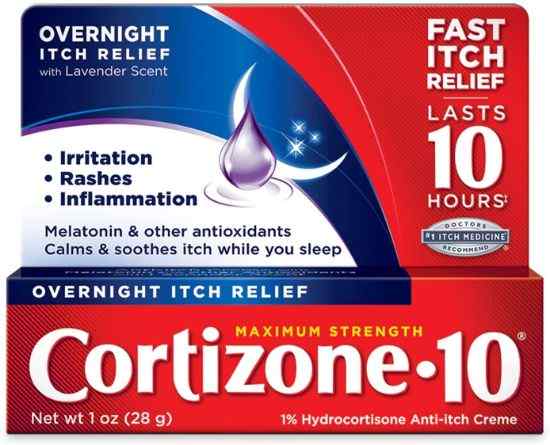
- Contains lavender scent and 1% hydrocortisone anti-itch crème.
- It will treat, relieve, and stop sand flea itching for long-lasting hours.
- This is great for skin irritations that result from rashes due to sand flea and insect bites.
- It is an excellent cream for sand flea bites treatment with a formulation of melatonin and antioxidants that help soothe and calm any itch.
- It is the best cream for sand flea itch because it contains 1% hydrocortisone, the number 1 recommended medicine for itching by doctors.
Benadryl Extra Strength Anti-Itch Gel.
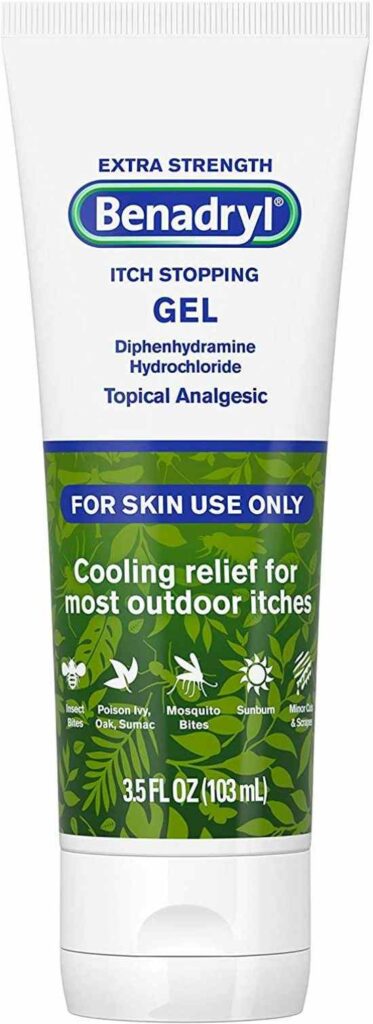
- Made up of contains 2% of diphenhydramine HCI topical analgesic
- It contains a histamine blocker that will treat, relieve, and stop sand flea itches associated with poison ivy and sand flea bites.
- The gel comprises a 3.5-ounce tube of Benadryl extra-strength that is cooling itch stops.
- The anti-itch gel for fast cooling will help relieve you from skin pain and itching.
- It will provide relief from itches associated with sand flea bites, insect bites, sunburn, scrapes, and other minor skin irritations.
- The get will soothing and provides relief from sand flea itching and other insect bites associated with rashes caused by poison.
- The gel formation contains 2% of the topical analgesic pain relief of diphenhydramine hydrochloride that will help block histamines to relieve any form of itches associated with sand flea bites and other insect bites.
- It can be used from age two and above for soothing itch and relief of sand flea itch.
- Great for children and adults.
- Would you please follow the label instruction?
The Solimo Medicated Calamine Anti-Itch Lotion (Amazon Brand)
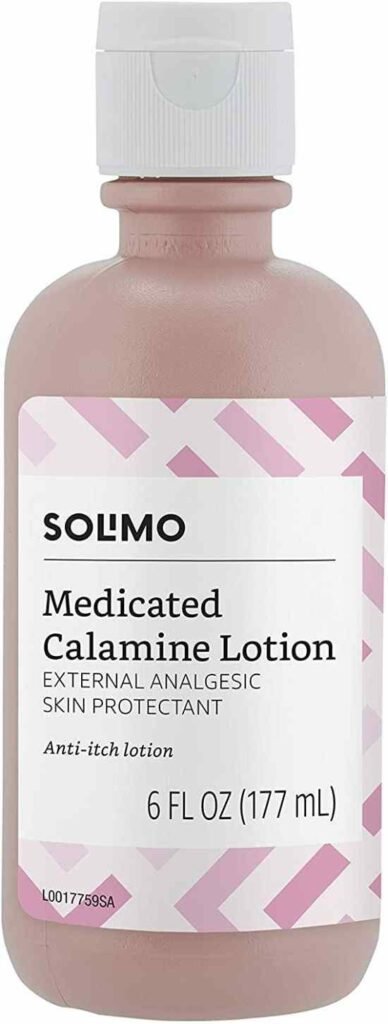
- It is made up of a bottle of a 6-fluid ounce of medicated calamine, an anti-itch lotion.
- Contains a protectant topical analgesic for the skin.
- It will treat, relieve, and stop sand flea itch and pain associated with insect bites, resulting in irritation and rashes.
Basic Care Hydrocortisone Anti-Itch Cream
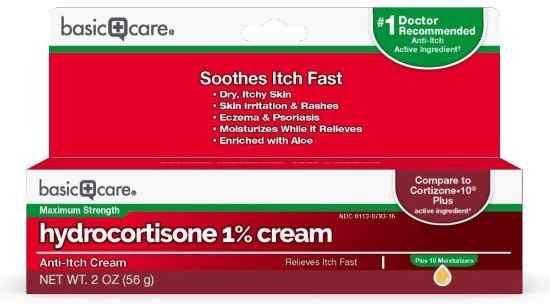
- The active ingredient includes 1 Percent Anti-Itch Cream with vitamins A, D, and E plus Aloe.
- It is a hydrocortisone cream with a maximum strength of 1% hydrocortisone.
- Made up of 10 soothing moisturizers (vitamins A, D, and E plus Aloe), that made it an excellent sand flea bite itch relief cream.
- It gets rid of will treat, relieve, and stop sand flea itching fast, including other insect bites, seborrheic dermatitis, poison ivy, external genital and anal itching, etc.
PetHonesty Allergy Support Supplement Anti Itch for Dogs
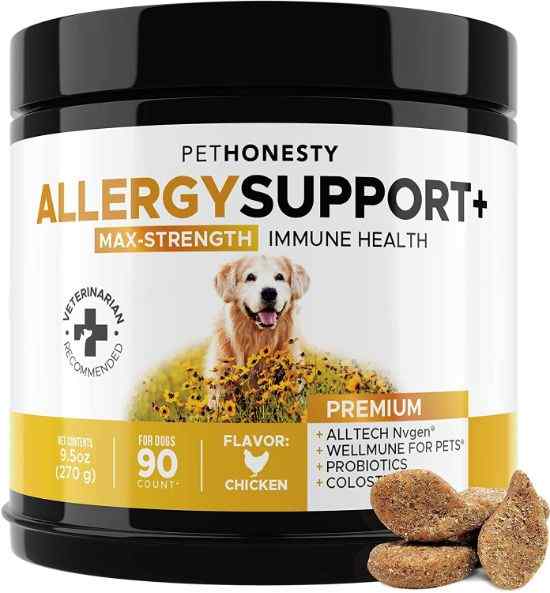
Puriya Fast Acting Intensive Moisturizer (Doctor Approved and Safe for Long)
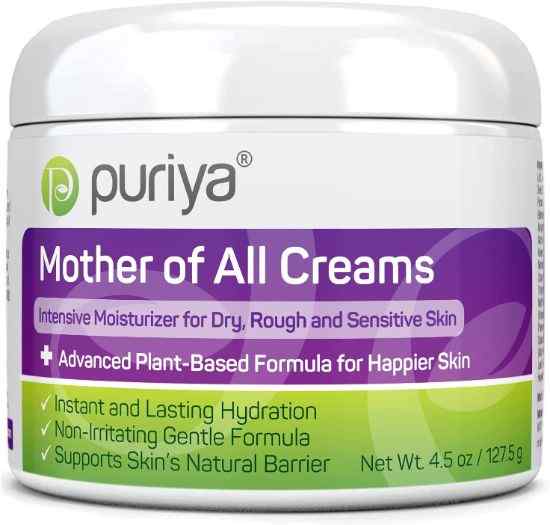
Kirkland Hydrocortisone %1 Cream 4 Tubes 2oz Each
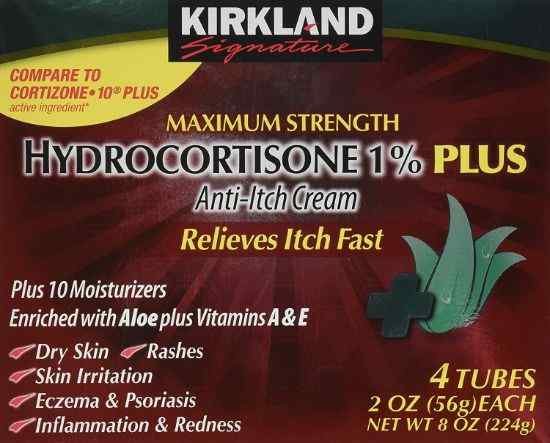
Cortizone 10 Anti-Itch Lotion for Psoriasis (Maximum Strength 1% Hydrocortisone)

Hydrocortisone Cream 1% Maximum Strength Anti-Itch Cream
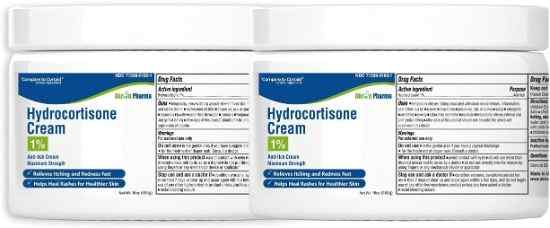
Kirkland Signature Maximum Strength Hydrocortisone Cream 1% with Aloe, (Pack of 4)
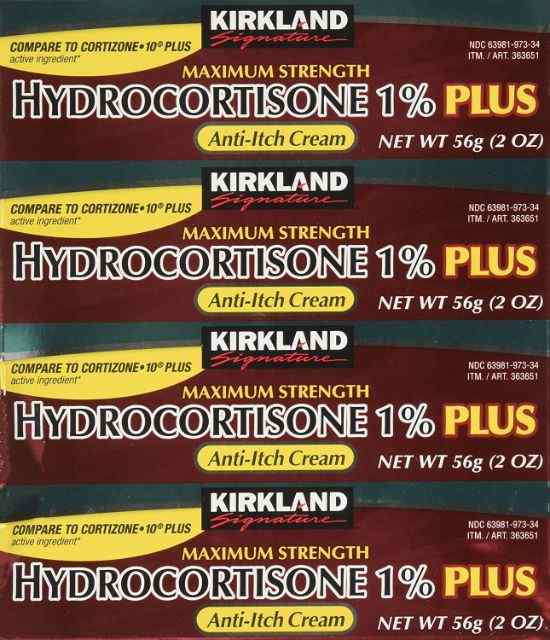
First Aid Only Hydrocortisone Anti-Itch Cream Packet
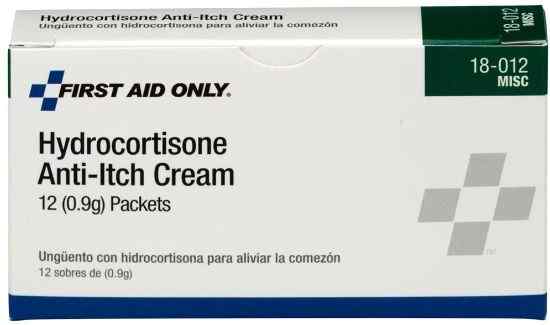
***Best Dog Treatment to Stop and Relief Sand Flea Bites Itch***
Zesty Paws Dogs Allergy Relief Immune Supplement
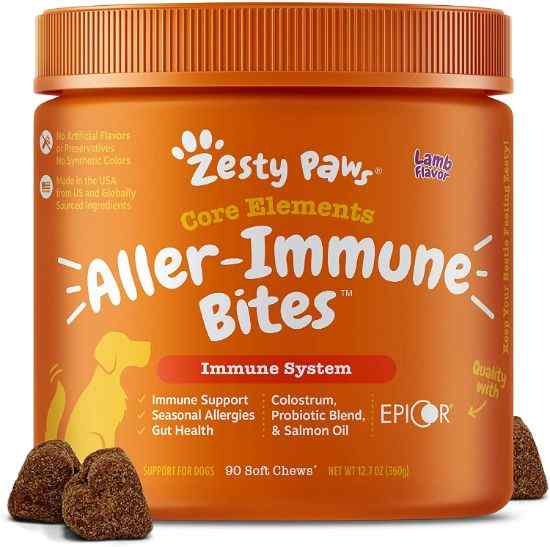
Veterinary Formula Clinical Itch Relief Medicated (Spray to Relief and Stop Sand Flea Itch for Dogs & Cats)

Pet MD Chlorhexidine Wipes with Ketoconazole & Aloe (Sand Flea Bites Itch Treatment for Cats and Dogs)
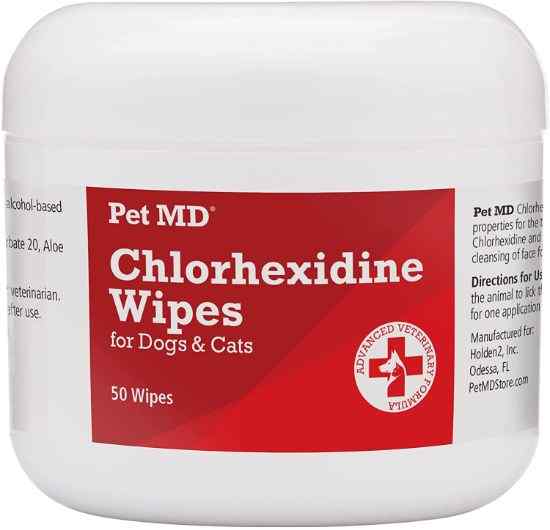
ClearTax Allergy Immunity for Dogs {It Relief and Stop Flea Bites Itch for Dogs & Cats }
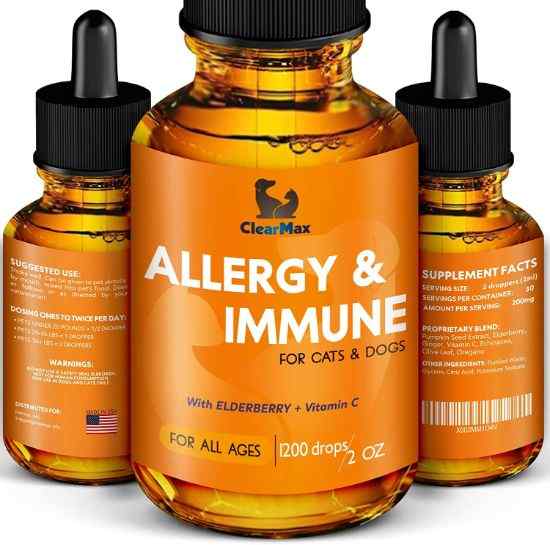
***Best Cat Treatment to Stop and Relief Sand Flea Bites Itch***
HomeoPet Feline Skin and Itch (Sand Flea Bites Itch Treatment)
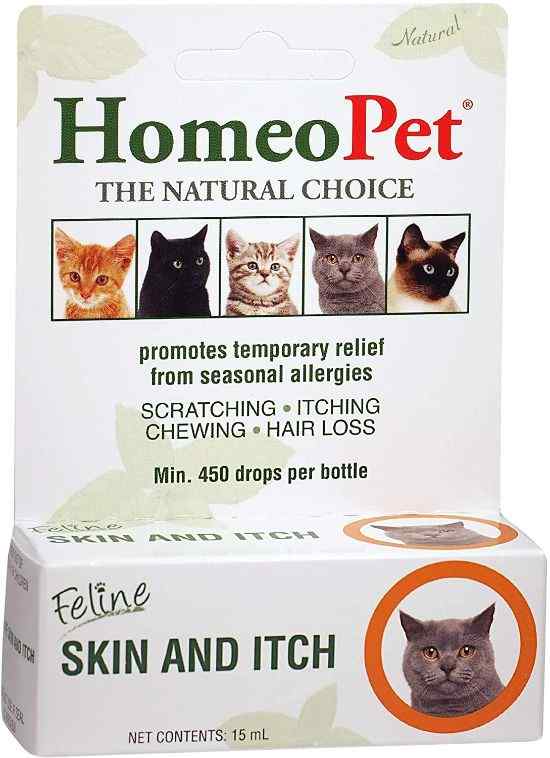
Chlorhexidine Spray for Dogs and Cats (It Relief and Stop Sand Flea Bites Itch)
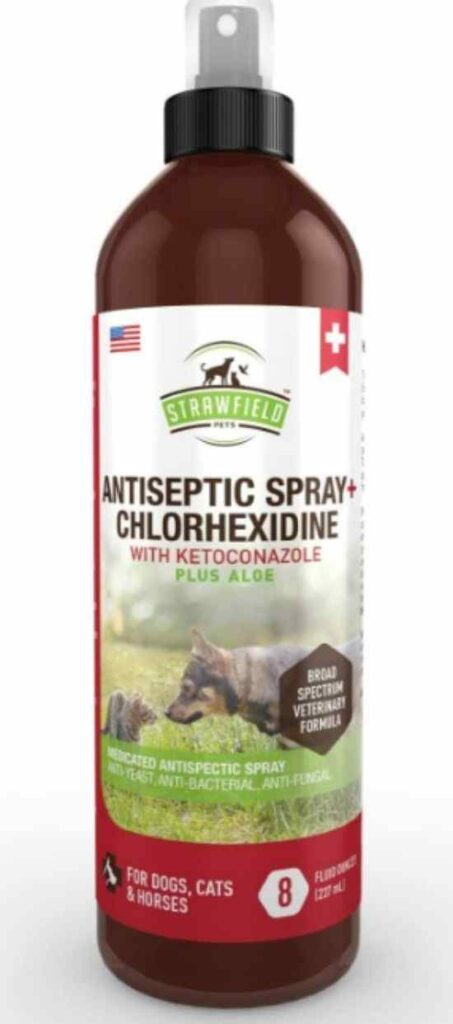
BestLife4Pets Healthy Skin, Allergy, and Itch Relief for Sand Flea Bites { Supplement for Cats (450 Pills)}
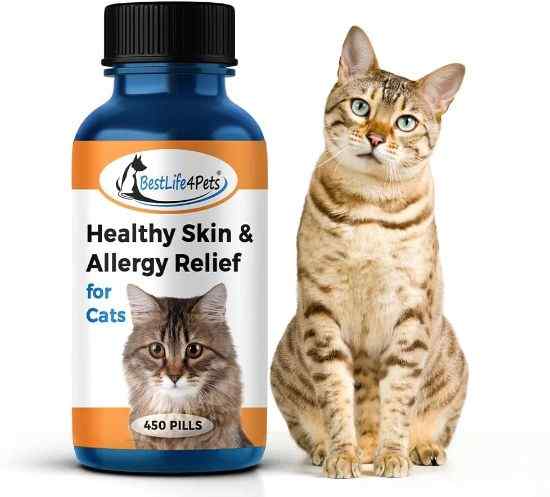
Allergy Immune Supplement for Dogs & Cats {It Relief and Stop Sand Flea Bites Itch Fast}
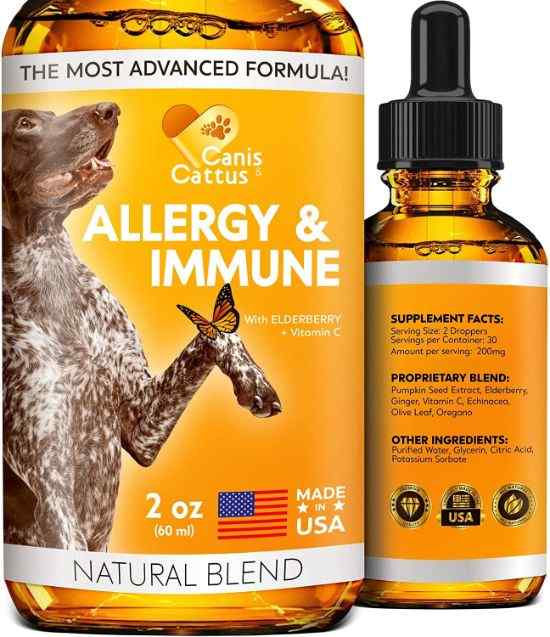
Symptoms Of Sand Flea Bites (Tungiasis Symptoms)
Sign And Symptoms of Sand Flea Bites (Tungiasis Symptoms)
What are the symptoms of sand flea (Jigger) bites? The sand flea bites (Tungiasis) symptoms include:
- Pain
- Intense itching
- Red blotchy skin
- Temporary red bump
- Red and swollen welts
- Bite marks in groups or clusters
- The bite lesions will be markedly inflamed
- The rash may spread to another part of the body
- Sighting of sand flea under the skin (a dot-like)
- Acute and chronic morbidity.
- In rare cases fever
The itching can induce the scratching of the lesion that facilitates bacterial superinfection, which can quickly lead to ulceration and inflammation that can develop into multiple lesions that can also lead to exertion in walking.
The feet are the usual infection points in Sand Flea bites, itches, and Tungiasis disease. It is important to note that chigoe flea infestation in any part of the body for humans and pets (dog, cat, rat, etc.).
Sand flea bites that lead to Tungiasis disease can subsequently develop into bacterial infections that eventually cause gangrene and tetanus.
Is Tungiasis Disease Contagious?
The tropical diseases tungiasis direct person-to-person transmission is not possible. A parasite infection causes the Tungiasis Disease by sand flea (jigger bug); that must pass through the off-host life cycle (i.e., tungiasis life cycle) in the sandy soil of beaches and ocean before infecting humans, dogs, cats, or rats by feeding on their blood.
Can Human Get Tungiasis Disease from Dogs and Cats?
Can you get Tungiasis through cats and dogs? Tungiasis is a zoonosis that affects a wide range of peri-domestic and domestic animals like cats, dogs, pigs, and rats. People live in extremely close contact with varieties of these animals. Human behaviors and environmental factors of these rural areas, countrysides, and counties push the risk of infection to a high rate. Hence, the tungiasis can be Contagious between pets (dogs and cats) and rats that are close to the beach or sandy environment mostly in a rural setting.
How is Tungiasis Disease Spread?
The Tungiasis Disease always spreads via transmission. The female sand flea (Chigoe Flea) burrow into the skin of humans, dogs, cats, or pigs and start sucking the blood of its host and later produce eggs in hundreds. The jigger bug flea will live for almost six weeks in the skin of its host, and the egg will be expelled and fall to the ground, where the Tungiasis life cycle starts over again.
In humans, the toes and the lateral rim of the foot and heel are the common sites. But over 99% of the time, the lesions occur on the feet.
Is Tungiasis Disease Curable?
Tungiasis Disease is curable but will continue to cause its victim a lot of morbidity for years to come. It can also lead to amputation and, in a few cases, death to people living in tropical and subtropical
Are Tungiasis Contagious Between Humans
The bad news is that Tungiasis is regularly reported in many non-endemic regions, including some parts of the US states. This is a result of immigrants’ and tourists’ movements. In humans, the Tungiasis disease is associated with morbidity and is not contagious between humans.
It is well-known that parasites in humans are highly contagious and can be transmitted in different ways to humans. In the case of Tungiasis disease, it is not contagious between humans.
The Tunga flea like warm sand of beaches, dry soil, stables, and stock farms. The heavy movement of people from and to endemic areas has led to the distribution and the introduction of Tungiasis disease to many countries, including the US, India, Latin America, Africa, and Pakistan.
Sand Flea Bites Treatment (Tungiasis Removal)
Local Treatment and Removal of Tungiasis (Sand Flea Bites)
The best treatment for sand flea bites (i.e., Tungiasis removal) is the surgical extraction and removal of the disease (the burrowed sand fleas), which is usually done by the patient or the caregiver in the main endemic areas.
It is not an encouraging method, but the problem is that there is no medical aid in that remote location and region. The patient is left to treat themselves and remove the parasite using tools and instruments such as hairpins, sewing needles, scissors, hairpins, or even sticks.
The jigger bug removal by local people can be excruciating on children and adults alike. The problem with the Tungiasis jigger bug removal locally is that:
- It can cause inflammation of the skin.
- The parasite can rupture inside the body.
- Accidental introduction of pathogenic bacteria
- The use of the same tools on multiple persons can cause transmission of other diseases like HIV Virus, hepatitis C, hepatitis B virus, etc.,
Best Treatment and Removal of Tungiasis Jigger Bug (Sand Flea)
The best way to treat and remove Tungiasis disease (jigger bug) is via well-equipped and experienced medical personnel in any location. The reason is that any experience medical personal will use sterilized surgical tools to remove the Tungiasis jigger bug (sand flea).
After removing sand flea, the medical personnel will treat the wound to prevent secondary infections like tetanus, gangrene, cellulitis, and bacteremia. An oral antibiotic may be in place in the case of secondary infection.
Can Sand Flea Bites Spread?
Do sand flea bites spread? The magnitude of the spread of Sand Flea Bites depends on the sensitivity of the person bitten. The rash at the portion of the skin area that is bitten by sand flea may increase and apply to different areas of the skin with time. Sand flea bites usually take some time to heal up, and in most cases, the victim may experience some uncomfortable reactions such as swelling, itching, and the appearance of a red bump in the area of the skin where the bite occurred.
Can Sand Flea Bites Get Infected?
Can sand flea bites develop into serious illnesses? Yes, untreated sand flea bites of a severe infestation can lead to fibrosis and ulceration, developing into tungiasis diseases. Suppose the sand flea (also known as pigue, jigger, nigua, or pico) is not removed correctly and medically. In that case, it can result in secondary infection such as gas gangrene, tetanus, or bacteremia.
Can Sand Fleas Transmit Diseases to Humans?
Yes, Sand flea bites should be handled seriously and treated timely. Sand fleas can transmit viruses and diseases to humans. It is essential to seek medical help timely. You can use the remedy provided in this article to treat sand flea bites itches.
How to Avoid and Prevent Sand Flea Bites (i.e.. Chigoe/Jigger Bug)
The first step you can take to prevent getting Tungiasis disease and avoid Jigger removal at all costs is to prevent yourself from getting Sand flea bites (Nigua). The bad news is that Sand flea or jigger bug is extremely dangerous than mosquito bites that many people prepare for all the time.
Below are various ways to prevent yourself from sand flea bites and transmission at all times from home, school, and at beaches and ocean sandy soil.
***Avoid the Beach at Dawn and Dusk***
Sand flea (Chigoe/Jigger Bug) can only get into your skin at the beach, ocean, and any sandy soil. One great way to prevent and avoid Sand flea (Chigoe) bites is to always go to the beach and oceanside at the right time of the day. Sand flea is very active and prominent both in the morning and the evening, especially at lower temperatures.
The best time to go to the beaches for fun is daytime (middle of the day).
***Avoid the Beach When Raining***
You can avoid and prevent yourself from sand flea (chigoe) bites whenever it rained. The sand flea is very active in a moist and cool temperature. Visiting the beach on a rainy day increases the possibility of you getting sand flea bites.
***Use Beach Mat as Barrier to Prevent Sand Flea Bites***
If you must visit any beach, for that matter, at any time, it is better you use an excellent beach mat that will act as a barrier between your body/skin/feet and the beach sandy soil.
You can only get bitten by sand flea when they crawl or jump on your legs. They are very poor jumpers. That is why they attack feet most time. Using an excellent beach mat will prevent and help you avoid sand flea bites.
***How to Get Rid Of Tungiasis Infestation?***
- You can get rid of Tungiasis Infestation by wearing your shoes when traveling in the endemic regions will prevent Tungiasis infestation.
- Spraying the area where Tunga flea is widespread will get rid of Tungiasis Infestation. You can spray the sandy beach before using your mat with malathion insecticide will reduce the number of Tungiasis infestations.
Other Medical interventions to get rid of Tungiasis Infestation includes:
- You can freeze the lesion with liquid nitrogen (i.e.. cryotherapy)
- You can get rid of Tungiasis via suffocation of the Tunga flea applying wax or jelly.
- You can physically get rid of Tungiasis with well sterile forceps. This is better done by medical personnel.
- You can also eliminate and get rid of Tungiasis (Tunga flea) with the application of a medicated topical anti-parasitic like metrifonate and thiabendazole.
Aquaphor Healing Ointment to Get Rid of Tungiasis (Tunga Flea)
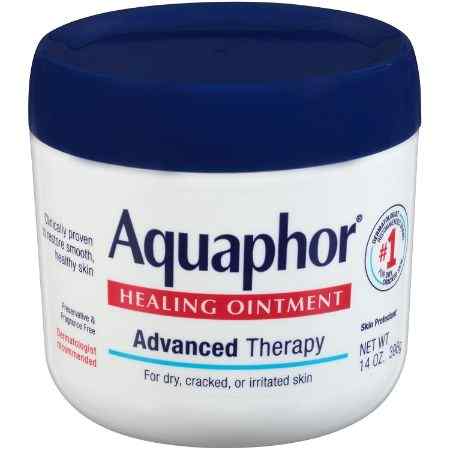
Globe Ichthammol Ointment 20% (Pharmaceutical Grade)
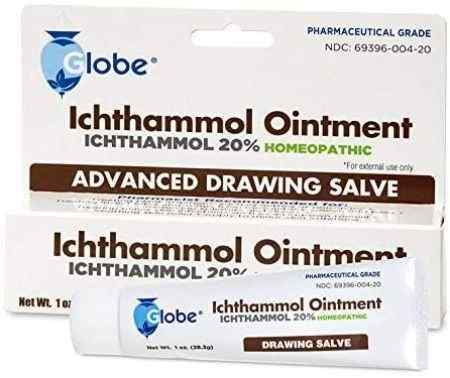
Below are our recommended beach mats that will help you avoid and prevent sand flea bites all the time when on the beach and oceanside:
Extra Large Picnic Blanket Dual Layers Mat
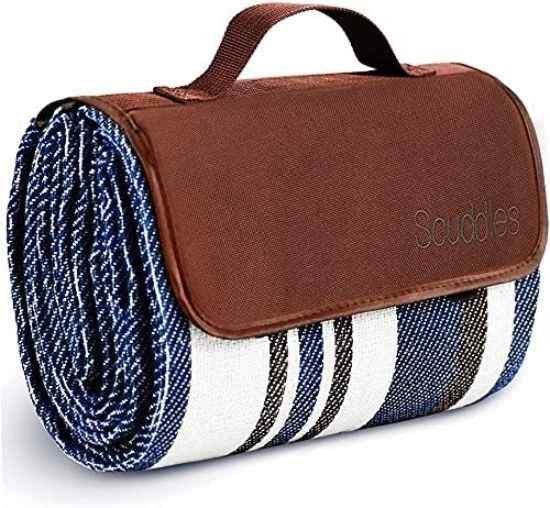
POPCHOSE Sandfree Beach Blanket (Large Sandproof Beach Mat)
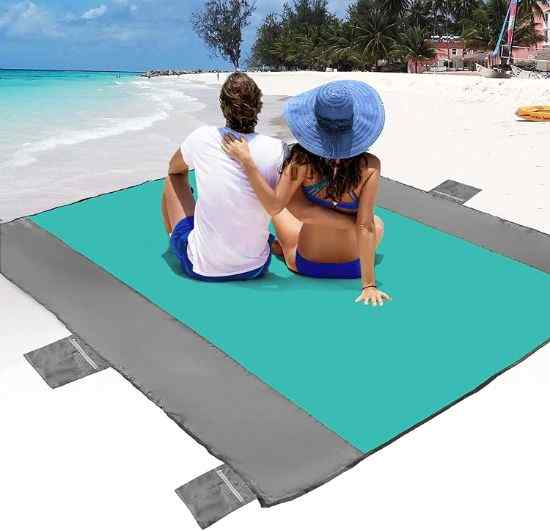
Camco Handy Mat with Strap (Weather-Proof Resistant)
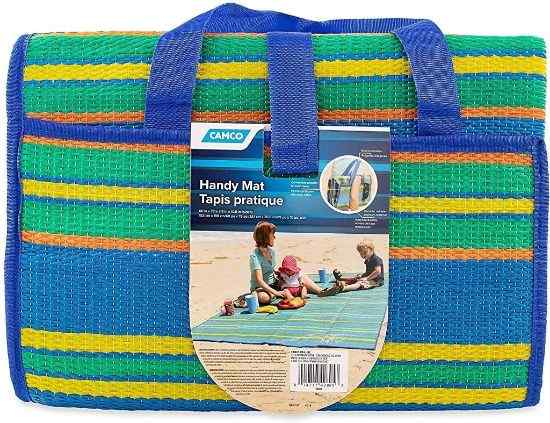
***Prevent Sand Flea Bites with Insect Repellents and Sprays***
Using commercial insect repellents at the beach will help you avoid and prevent sand flea bites. There is excellent insect spray of specific types that is okay for sand flea chigoe flea bites.
Kindly use insect repellent on your legs, ankles, and feet before proceeding to the beach. Please go along with repellent for reapplication of the spray after swimming.
Below are great insect spray and repellents for your recommendations:
Sawyer Products Premium Permethrin Insect Repellent (Great for Clothing, Gear & Tents)
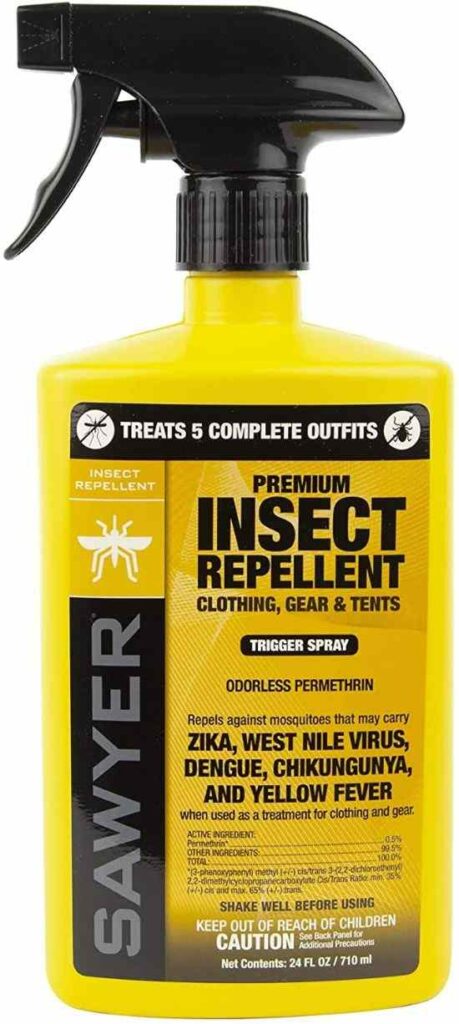
Family Care Insect and Mosquito Repellent
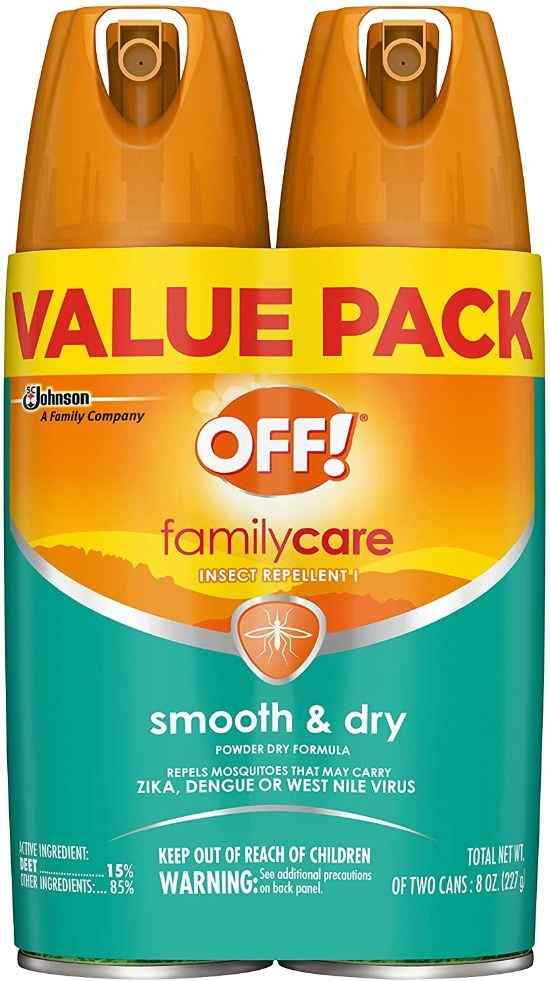
Botanicals Deet-Free Bug Spray and Mosquito Repellent

Repel Lemon Eucalyptus Natural Insect, (Pump Spray)
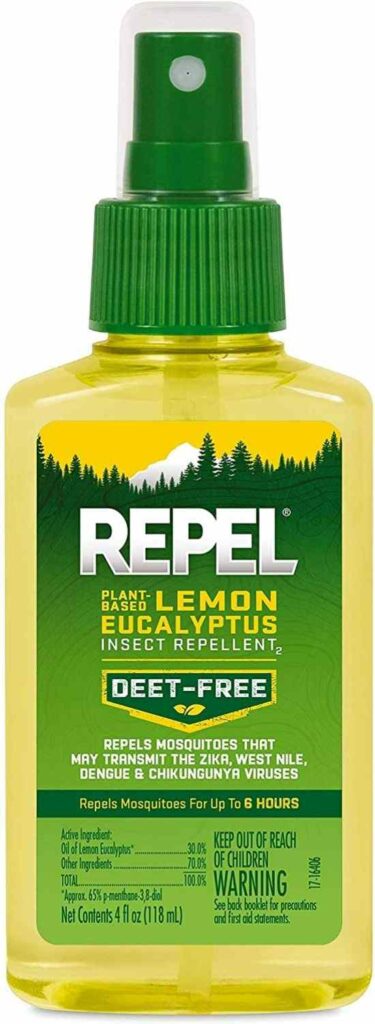
Bug Bite Thing Suction Tool and Poison Remover (Bug Natural Insect Bite Relief)
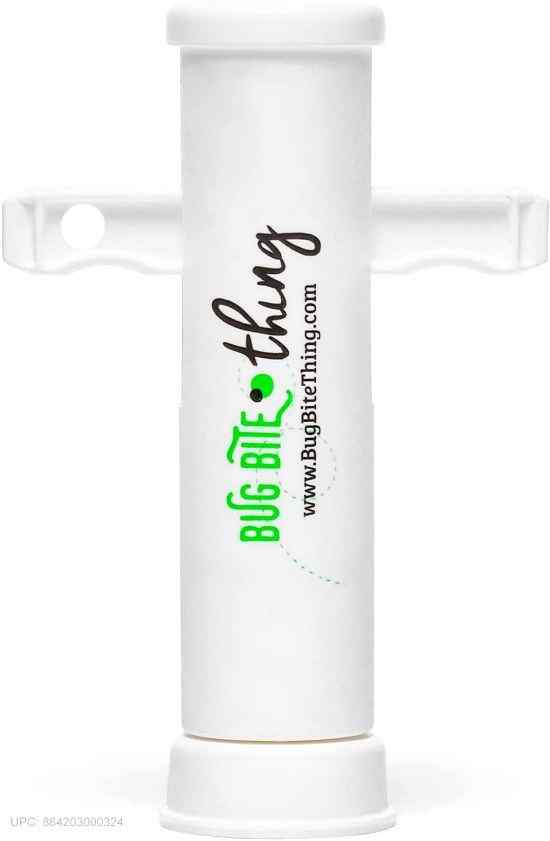
***Cover Up Your Feet, Ankles, and Legs***
The best way to avoid and prevent sand flea bites is always to cover up your legs, feet, and ankles any time you are on beaches. The sand flea can not jump up to 16 inches. If you cover up, you will escape the bites. Also, ensure you are constantly on sandals because walking on any beaches in the world.
Conclusion: What Sand Flea Bites Look Like? Symptioms, Treatment, and Prevention
What do you think about what Sand flea bites (jigger bug) symptoms and treatment look like? You now know how to stop and relieve Sand Flea (tungiasis jigger bug) bites itching.
The Sand flea bites (Chigoe flea) look just like flea bites; you usually see multiple bites within clusters with red bumps. But Sand fleas are very dangerous and are currently found in over 80 countries. The Sand fleas are also called jigger bug, jigger, chigoe flea, and nigua.
Nigua or Sand flea is a parasite contracted from sandy soil and needs a host like humans, dogs, cats, rats, and pigs to complete its life cycle. Sand flea (Nigua) become parasitic (and Tungiasis disease) when they burrow into the skin to live and feed on your blood and reproduce.
What do you think about how Sand flea bites look like?
Hi John,
I live near the beach, and to be honest, I didn’t know that sand fleas existed. I don’t live in the U.S and neither in the countries you’ve mentioned in the article. I wonder if there are sand fleas on the beach near my house. So far, I’ve never been bitten except by mosquitoes.
I guess the only way to find out is by getting bitten, right?
However, if it ever happens to my family or me, I’ll make sure to go right away to the doctor:)
Just a question, please. I grow Aloe Vera in my garden; will this reduce itch if I get bitten?
Thank you for this excellent post.
Thanks for your comment. Please don’t get bitten before getting to know about the deadly sand flea bites and itches. If you are by the beach your pet like dogs, cats, pigs, and even rats can contact the sand flea Tungiasis disease. It is always good to be observant, please.
Yes, Aloe Vera can help with sand flea itching.
Thanks for your comment again.
regards
John
The only animal in our house is a cat. It’s so lovely and pretty. I’ve been itching for unknown reasons for a while now. Could it be a sand flea that was transmitted from a cat? I always sleep together in my bed, so I should try a sand flea itch relief cream.
Thanks for the information that allows us to compare similar products.
Hi Kim, Your cat itch may not have anything to do with the sand flea, except you are sure that your home is close to the beach or you are a frequent beach visitor with or without your cat, Either way, the creat to prevent itching for pets (dogs and cats) are great and general for any pets that are bitten by an insect.
You can always use any of the recommended spray, cream, repellants for insect bites itch.
Thanks for your comment. I really apreciate it.
Regards
John
Comments are closed.